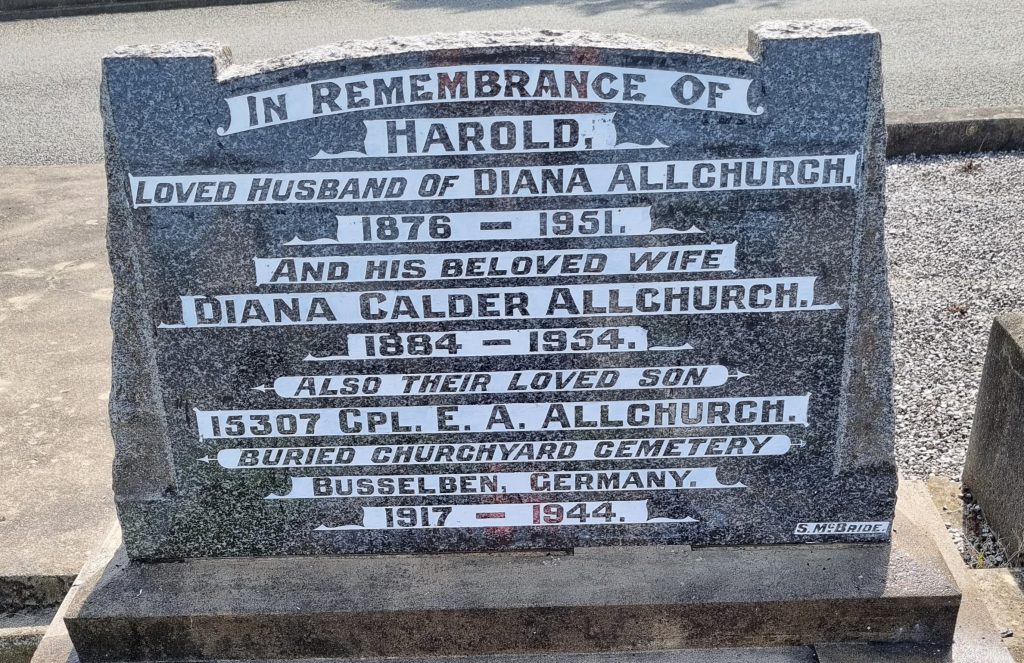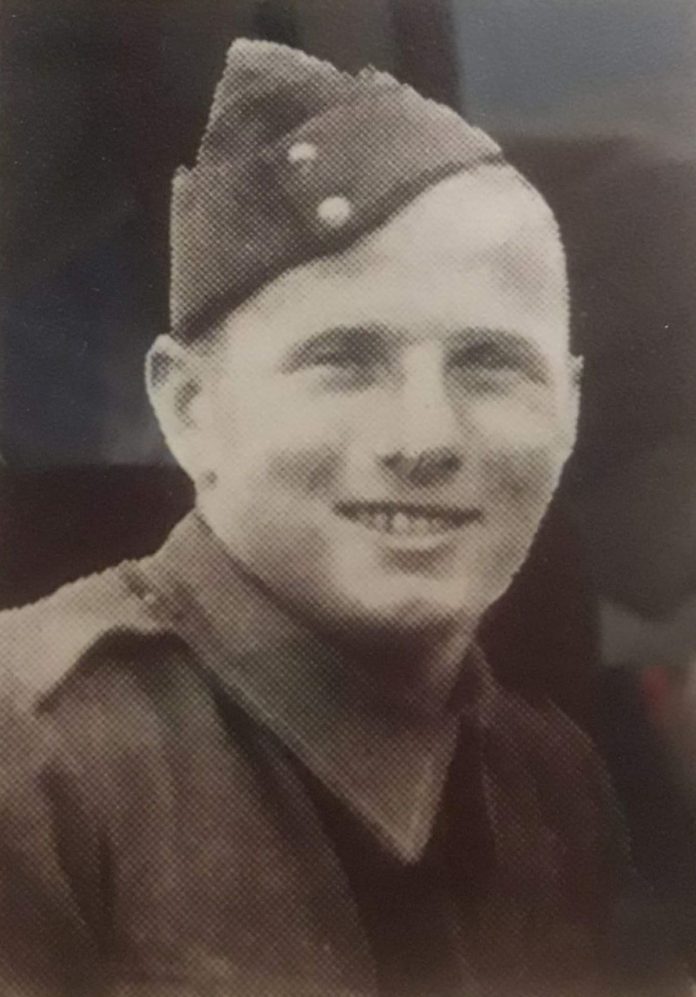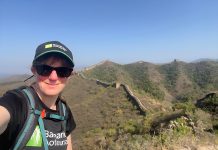A new project by the South Canterbury Genealogy Society is ensuring the stories of the men and women from South Canterbury who served in World War 2 are preserved and remembered. As the project progresses society convener Liz Shea will be sharing some of these stories with The Courier. This week we remember 15307 Cpl Edward Archibald Allchurch.
Edward was born on November 24, 1917 in Timaru, to parents Harold Allchurch and Diana Calder, nee Archibald, and was one of four children.
He was educated at Waimataitai Primary School and then at Timaru Boys’ High School from 1931-1935.
Edward belonged to the local scout troop, was a promising athlete and on leaving school, worked as a gardener, as shown on his enlistment record.
When World War 2 broke out, he enlisted in 1940 and is shown on the nominal roll as a corporal in the 18th Auckland Battalion, 4th Infantry reinforcements.
The 18th Battalion was posted to Egypt and took part in the war in the desert.
Edward was taken prisoner in 1942 and firstly spent time in a prisoner of war (POW) camp, PG35 Padula, Italy, and then transferred to Stalag VIII in Gorlitz, Germany (now in Poland).
As the war was nearing a close, the camp was evacuated in February 1945 and all prisoners joined the march away from the invading Russians back towards Germany.
According to his will and an army letter in his file, he and two other prisoners escaped from the march to a village called Busselben.
The local burgher reported them to the Schutzstaffel (SS) and they were shot by SS soldiers from the nearby Buchenwald Concentration camp on April 4, 1945.
The Buchenwald camp was subsequently liberated by the American army on April 11, 1945.
Their bodies were buried in the village but later transferred to the Berlin 1939-45 War Cemetery.
According to the Commonwealth War Graves Commission, graves were brought to the cemetery from the Berlin area and from eastern Germany.
The great majority were airmen who were lost in the air raids over Berlin and the towns in eastern Germany.
The remainder were men who died as prisoners of war, some of them in the forced march into Germany from camps in Poland, in front of the advancing Russians.

Edward is also recorded on his parent’s grave in the Timaru cemetery but when it was prepared they were probably unaware that his body had been moved, as it reads ‘‘Buried Churchyard Cemetery, Busselben, Germany’’.
His date of death on their gravestone is also one year out, shown as 1944 not 1945.
There are many other stories of POWs being killed by the SS, as escaped POWs were classed as spies and consequently shot.
At this time, there were a lot of both POWs and concentration camp inmates on the road in the well known ‘‘death march’’.
Edward is remembered in the Timaru Boys’ High School memorial library with his name inscribed on the memorial wall and his photo beneath the stained glass windows.
Every Anzac Day, the school hold a memorial service for all ex-pupils who died in World War 1 and WW2.
The WW Cenotaph in Queen St records Edward with the other 496 men listed on the black granite panels.
His name is also on the Chalmers Church (now St George’s Coptic Church) memorial plaque for those parishioners who died in WW2.
These stories are part of South Canterbury Genealogy Society WW2 project and they welcome any further information from the public about any of the men and women who served in WW2 and are connected to South Canterbury.





